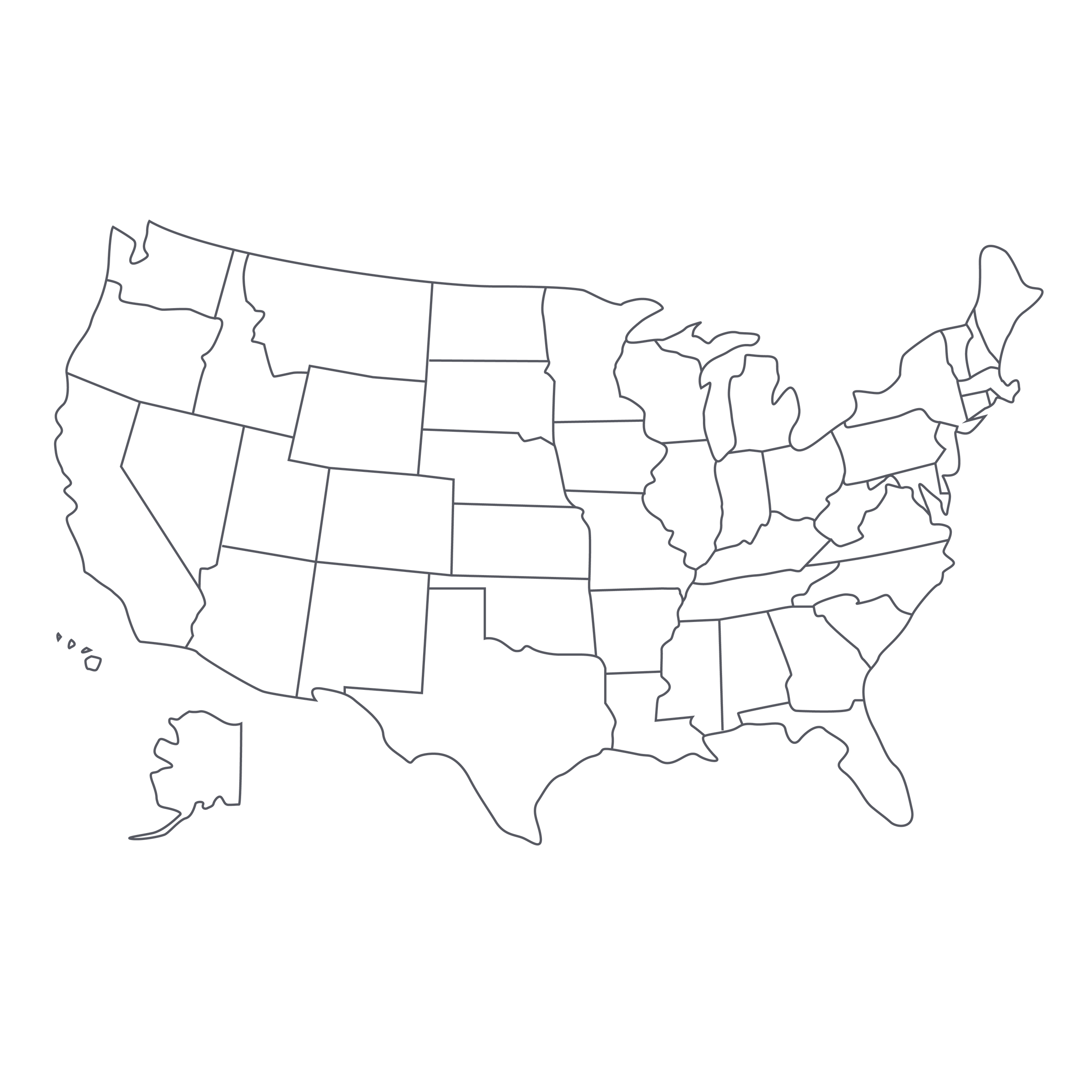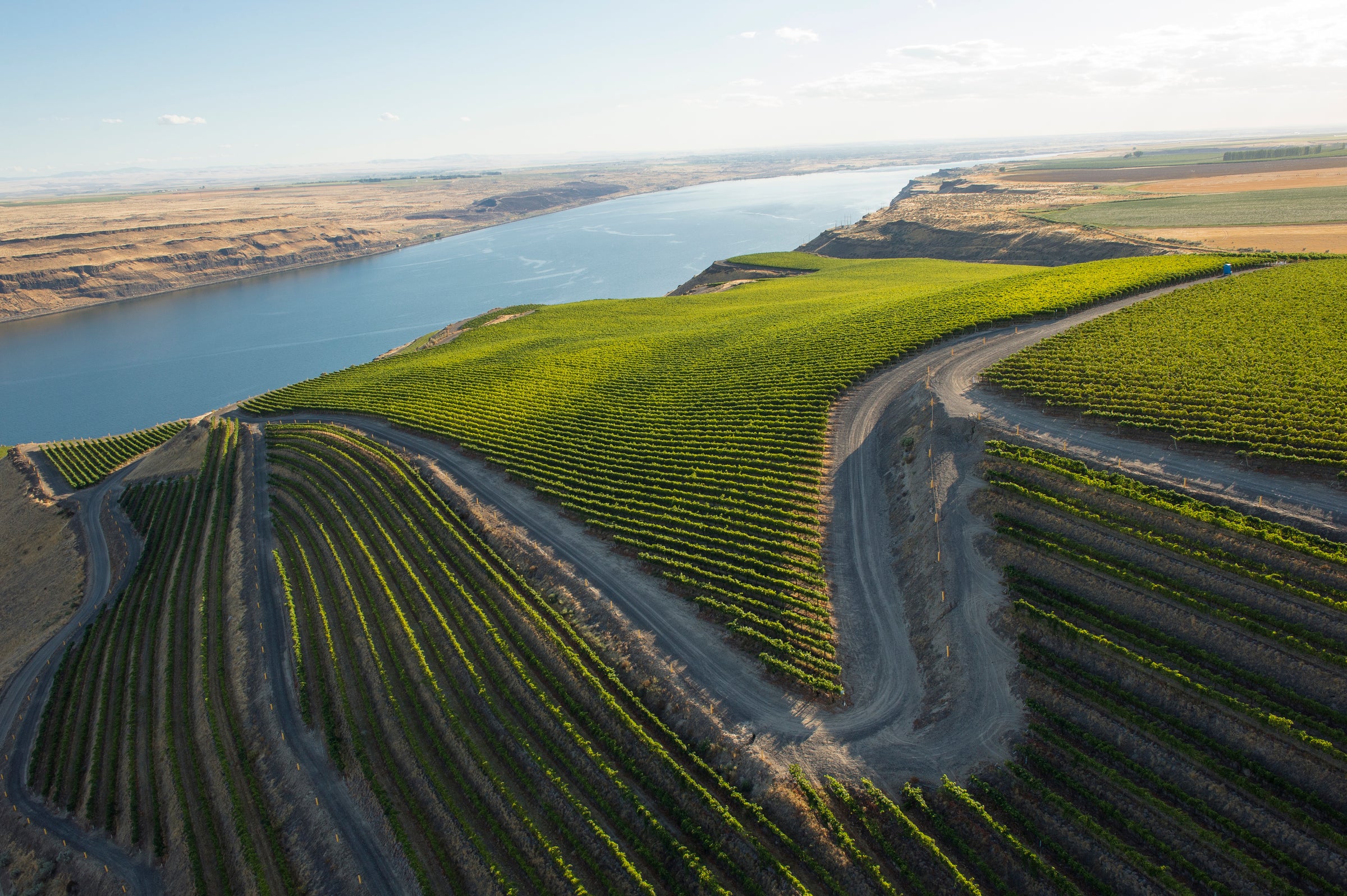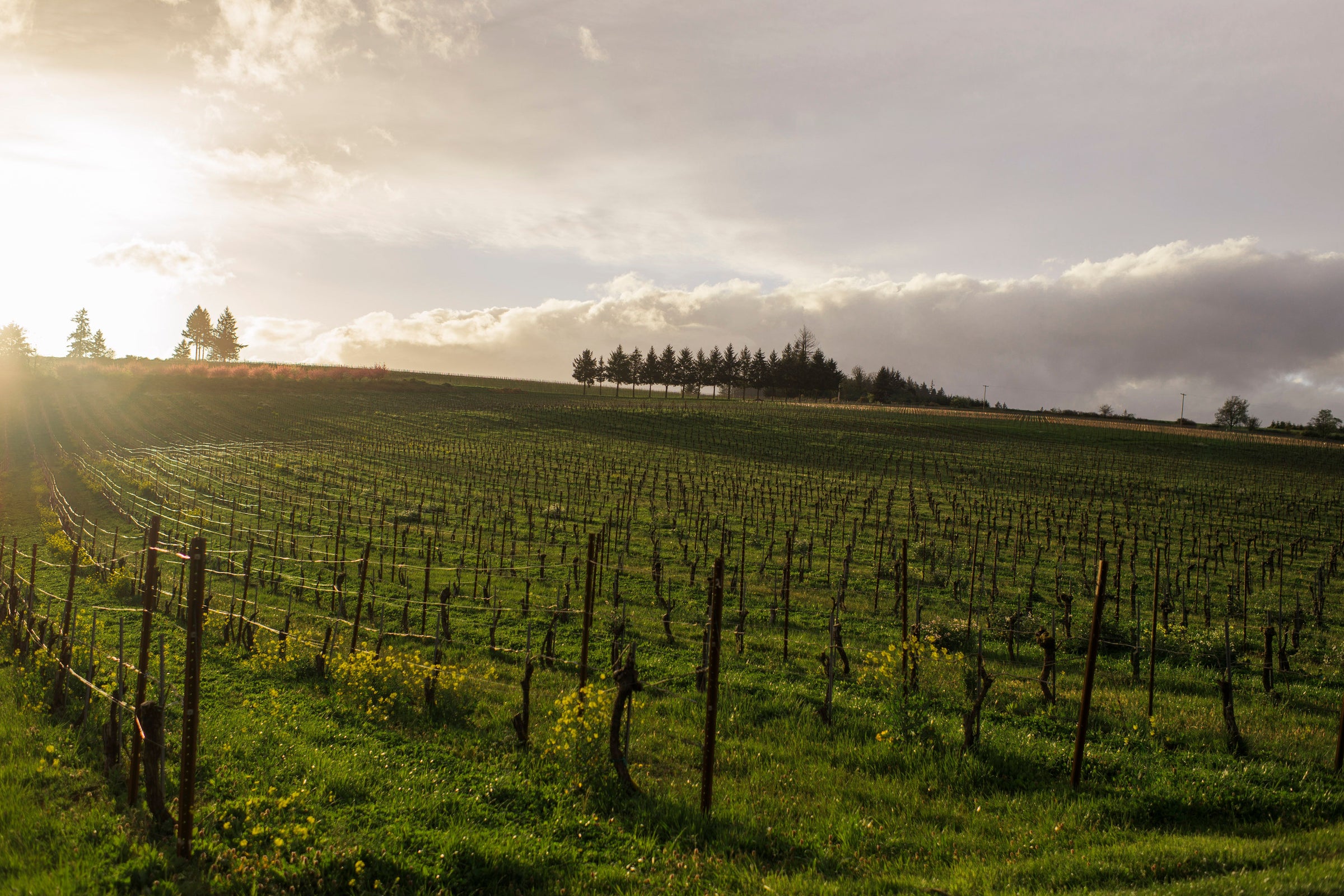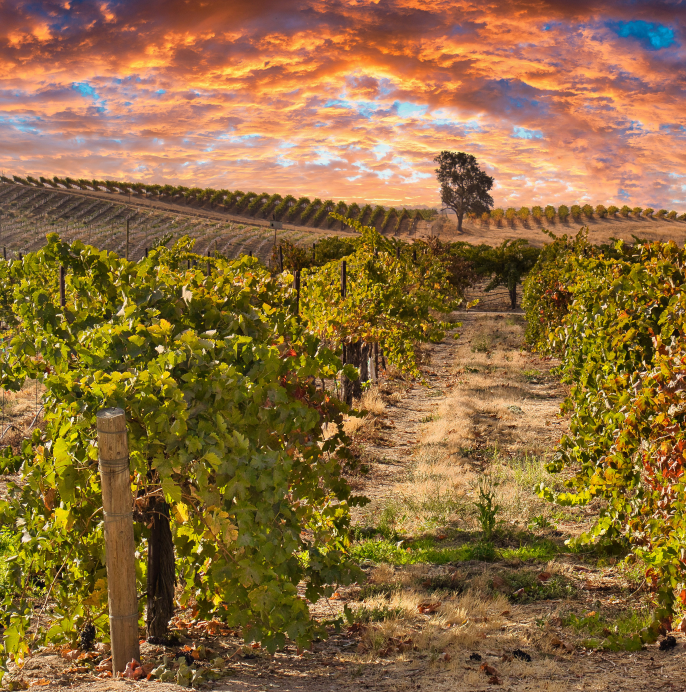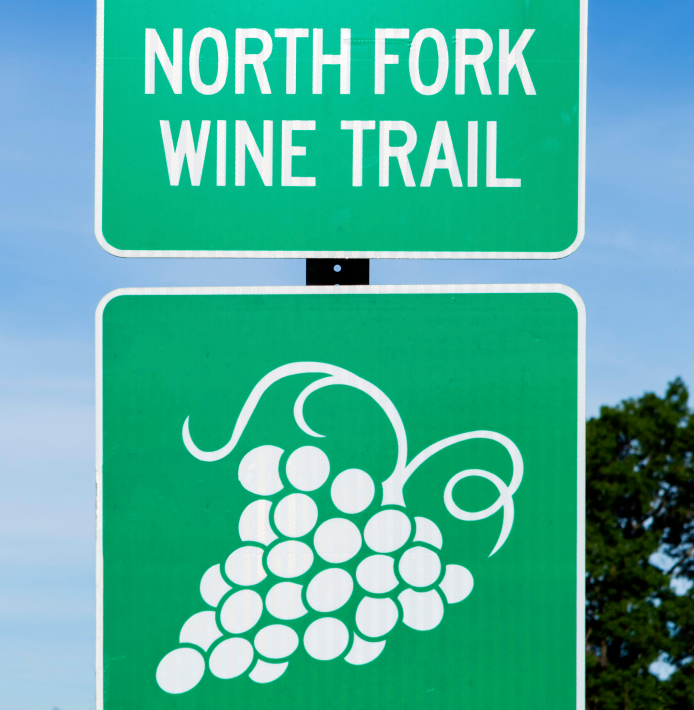It’s getting to be that time of year: Petite Sirah time. The weather is getting colder, the cooking is getting heartier, and I find myself craving burly, saturated reds like today’s single-vineyard stunner from The Fog Monster.
This label is the “passion project” of Andrea Mullineux, a California-born winemaker who has found fame further afield—in the Swartland region of South Africa, where she makes highly acclaimed wines alongside her husband, Chris. With Fog Monster, they apply their considerable talents to Californian wines sourced from some of the state’s greatest heritage vineyard sites. Today’s wine, from the Ambrosia Vineyard in El Dorado County, was our periodic reminder that Petite Sirah is capable of greatness. Too often, this variety is (mis)characterized as a “workhorse” destined for a background role in blends—to which I say, nobody puts Petite Sirah in a corner. As with all reds from this variety, there’s nothing “petite” about The Fog Monster’s rendition—it’s got the inky-black hue, the dense concentration, the dusty tannins—but Andrea and Chris showcase its grace and complexity, too. This may be a new label, but the wine inside is a true California classic, bursting with fruit and soil character alike.
That soil is a yellowish shale found in the Sierra Foothills, in the high-elevation “Ambrosia” vineyard in the little town of Swansboro—one of the first places grapes like Petite Sirah and Mourvèdre took root in California, during the Gold Rush era. Known as Durif in France (where it isn’t really grown anymore), Petite Sirah was introduced to the wider world in the late-1800s and has since been identified as a cross between Peloursin and Syrah. Like some of the other hardy vines of the early California wine scene—including Zinfandel and Carignane—Petite Sirah/Durif was used more as a fortifying, color-enhancing blending variety. But as producers in California and Australia have shown, there’s not only immense, dark-fruited pleasure to be derived from the grape; there’s also lots of aromatic nuance and profound soil character, especially a tilled-earth note of the kind found in The Fog Monster’s rendition.
Andrea and Chris Mullineux have assembled a far-flung collection of unique vineyard sources, including the famed Bedrock Vineyard in Sonoma Valley, where some of the state’s oldest vines are planted. Ambrosia, too, is blessed with old, gnarly, bush-style Petite Sirah vines, which produce the kind of tiny, dark, skinned, ultra-concentrated berries that put the “petite” in the grape’s name. The Mullineuxs de-stemmed only 50% of their 2015 crop (the inclusion of some “whole clusters” lending nice snap and spice to the finished wine) and aged the wine in used 225-liter barrels for about 12 months.
And what a treat it is to experience this wine now that it has spent a few years in bottle: There’s still lots of youthful fruit and Petite Sirah’s signature viscosity, but a much broader range of aromas and flavors than this variety typically displays. It’s an opaque ruby-black in the glass extending to a purple rim, with a heady blast of mulberry, huckleberry, blueberry, black currant, tar, leather, ground coffee, bacon fat, and loamy soil notes. While full-bodied and deeply extracted, it is nicely balanced by fresh acidity and dusty, firm tannins that frame the wine beautifully. Whereas many Petite Sirah reds have the feel of blackstrap molasses on the palate, this one has backbone and a pronounced minerality to it that keeps it lively on the palate. Decant this brooding beauty about 30 minutes before serving in Bordeaux stems at 60-65 degrees and you’re ready to ward off the Winter chills—especially if you pair it with a hearty pot roast, braised short ribs, or the recipe I thought of when I tasted this wine, which is attached. This is the bold red we need right now—enjoy it!
